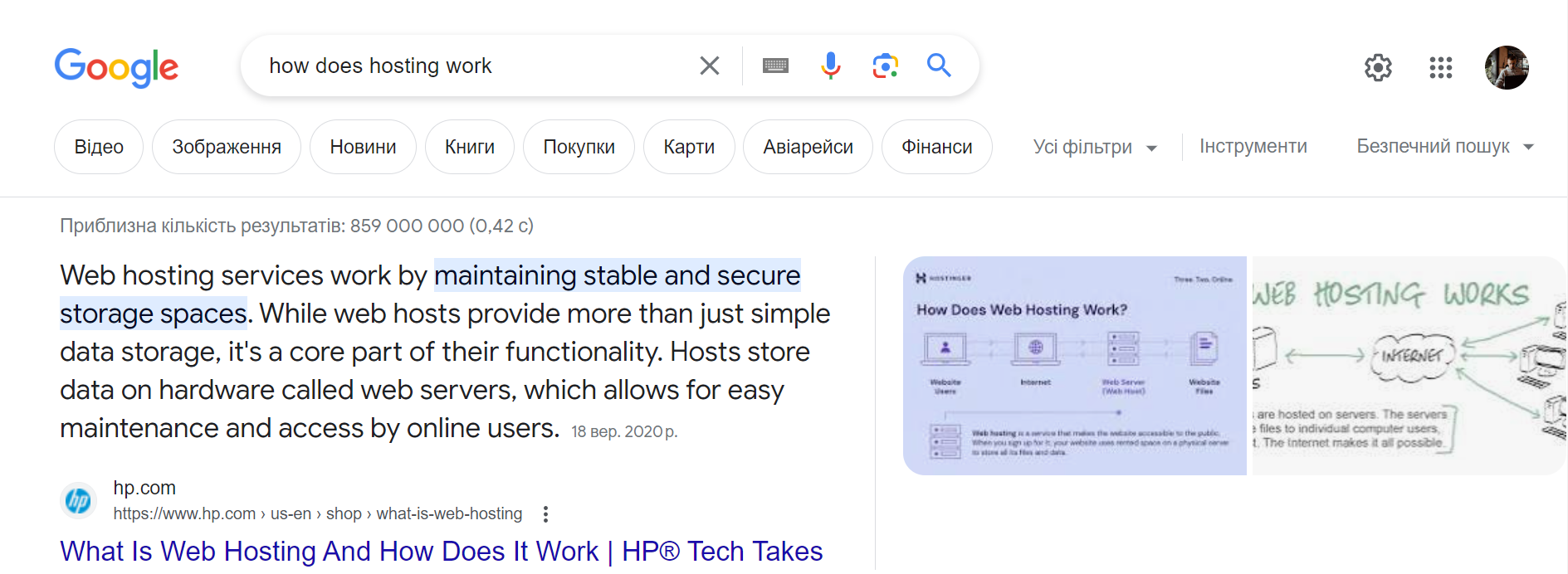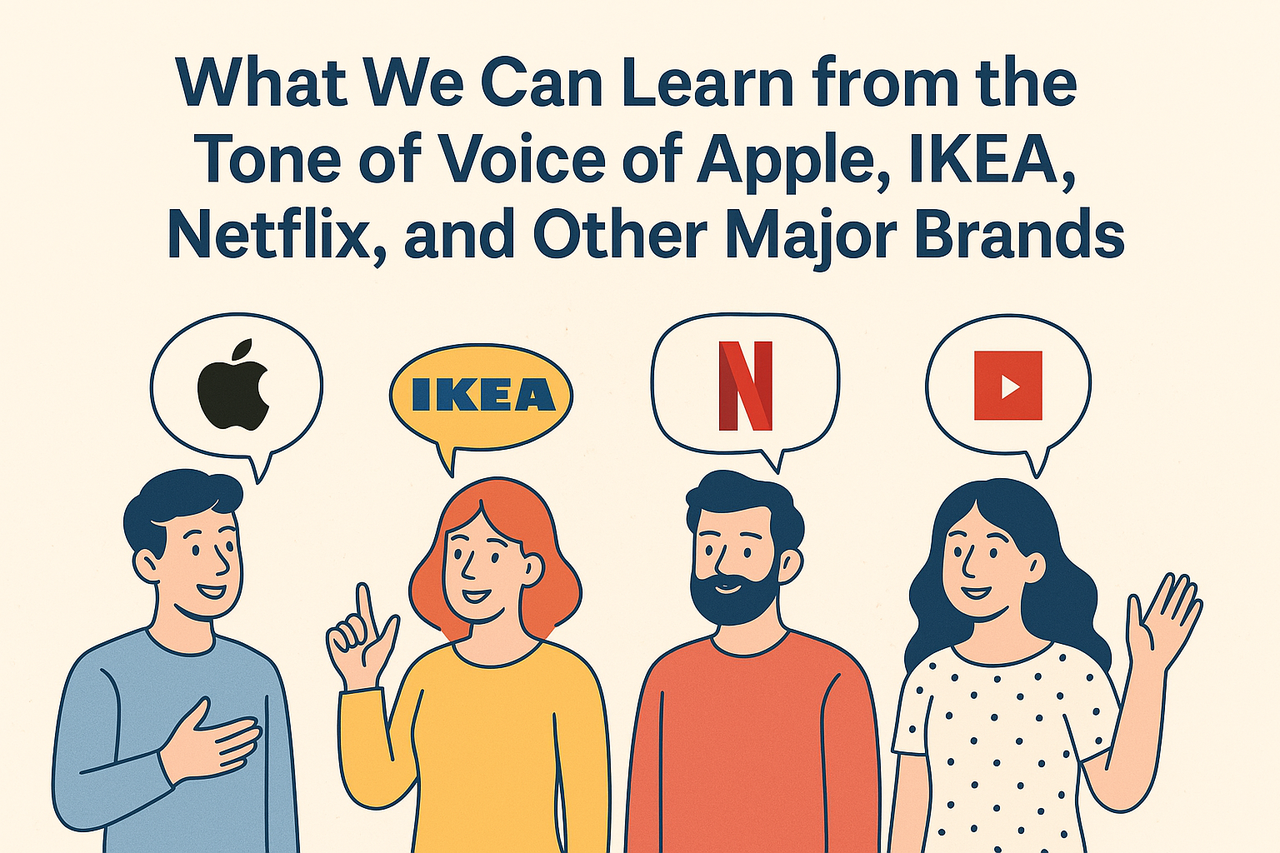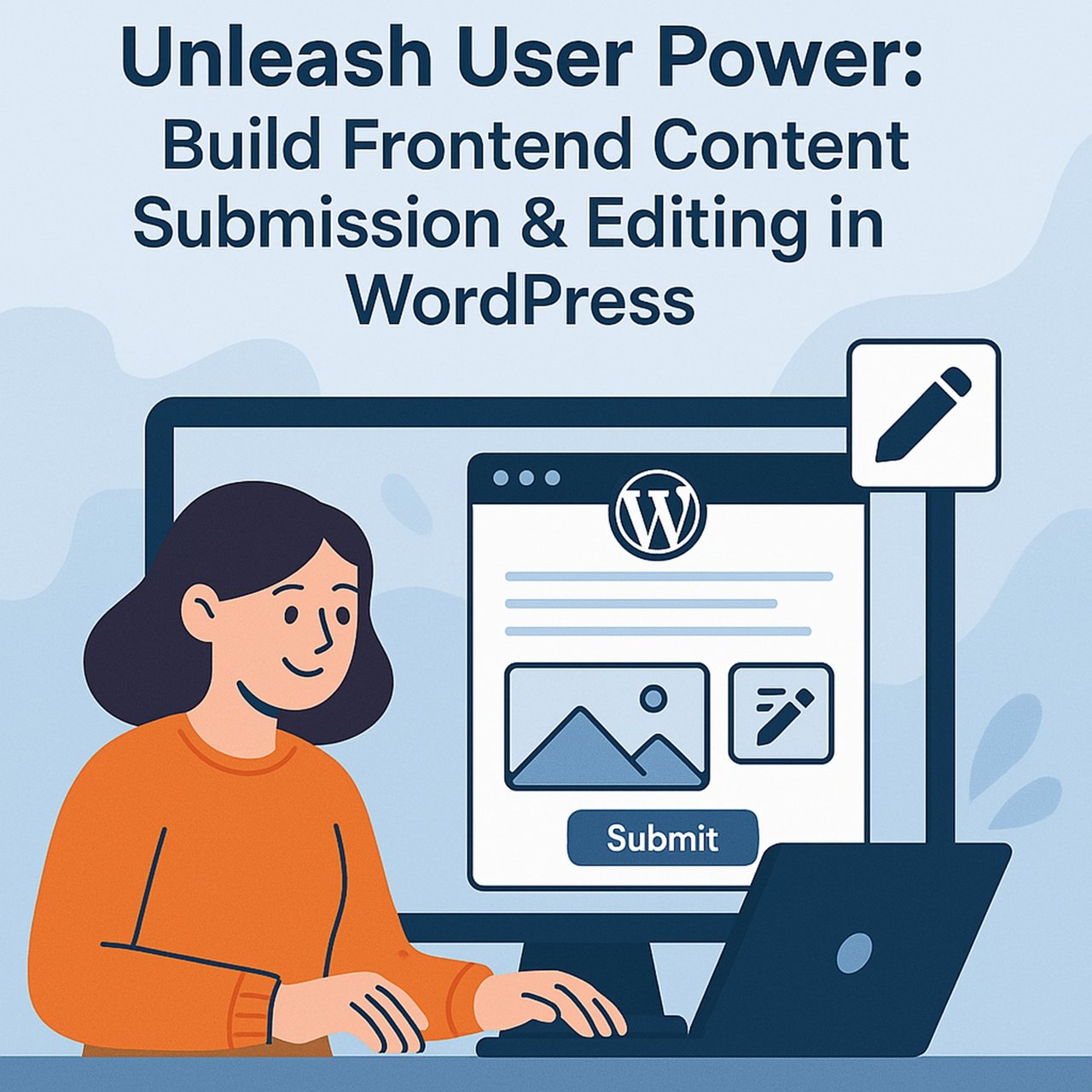Effective link building for e-commerce brands in a nutshell
In SEO, link building is crucial. The majority opinion is that links account for more than 50% of your SEO success. This sector, along with eCommerce Architecture and Technical SEO, is the third most significant pillar in the industry.
The authority of the website connecting to your material should be taken into consideration when developing a link-building plan.
Additional characteristics of linkages that are significant include:
- The origin and the target of the backlink;
- Anchor text used for backlink;
- Possible presence of nofollow attribute.
Read to the end to boost your e-commerce SEO activities with best link building tactics and SEO tools for building backlinks.
Also check my custom GPT to learn more about SEO
Why actually link building for an e-commerce website is so important?
In SEO, links are crucial. The majority opinion is that they are more than 50% responsible for your SEO success. Internal linking was discussed in the post on the architecture of your eCommerce website. Within a website are links called internal links. Links from other websites, also known as external links, are what we refer to when we talk about link building.
Most eCommerce businesses struggle with linkbuilding the most when it comes to SEO because it's something they can't completely control. Link building doesn't have to be tough, though. Like other areas of SEO, it necessitates a solid plan and plenty of labor.
You will understand how to approach link building for your e-commerce website after reading this post. We'll leave you with a few intriguing link-building strategies that apply to practically every industry.
Also worth reading: Strategies for Creating Inbound Links to Boost Your Site's Ranking
Explaining link building
Getting other websites to connect to yours is a process known as link building. Every link counts as a vote for your websites, indicating their authority, relevance, and trust.
Authority
Authority is important for SEO. Three different sorts of authority exist:
- Takes into consideration all links pointing to the domain is domain authority.
- Page Authority: only considers links pointing to the page in issue.
- Link authority refers to the authority that a link from page A to page B conveys.
The better, the higher the authority. For instance, any SEO's goal would be to have a link from CNN.com.
Relevancy
A link to a page from a website that is thematically related is referred to as a relevant link. It's wonderful if you receive a link from a blog article about the top televisions for Netflix viewing if you sell televisions. Therefore, the topic relevance of your website is influenced by the relevance of the links.
Other important metrics of backlinks you want to build
Ok. So what are the rest of the characteristics which are important for your e-commerce SEO campaign?
Link source and link destination
The page that a link is put on is referred to as the link origin. Consider a link from your homepage to your "About Us" page; in this case, the homepage serves as the connection's source. The 'About us' page is the link's intended goal.
The link target and origin should ideally discuss the same subject. The benefit of having links to the homepage is that you may transfer its authority to other pages on your website. Having links to these pages is crucial if you wish to rank in competitive areas alongside pages other than your homepage. 'Deeplinks' are links that lead to pages other than the homepage.
The link anchor text
The link's clickable portion, which is often blue and highlighted, is called the anchor text.
Ideally, the anchor text will include the search terms that you want your website to appear for. Exact match anchor text is what we refer to as. Having too many links with exact match anchor text, however, might indicate to search engines that you're trying to manipulate the system and could lead to a penalty. The anchor text must be varied and appear natural.
Attribute nofollow
To signal that a link isn't important for or that you don't want to be linked with the websites you're connecting to, use the nofollow attribute. A link's link authority is only partially sent to the link target when it contains the nofollow attribute. Don't worry too much about links that contain the nofollow; it's common for websites to have them. Furthermore, links with the nofollow aren't useless. Wikipedia links are nofollowed, yet they nevertheless carry some link authority, trust, and relevance.
Maintaining a natural appearance for your link profile
The so-called "link profile" of your website is made up of all of the links pointing to it. When it comes to links, this is essentially the fingerprint of your website.
Your link profile must appear "natural" and should not stick out in a bad way.
What is natural, though, and what isn't? Depending on the sector you work in. Having a large number of links with exact-match anchor text is typical in several sectors. Get a sense of your competitive environment before picking up your link-building efforts. That establishes your rights and obligations.
To gain a sense of what is 'typical' in your business, examine the link profiles of your top 10 rivals.
Link Building Tactics for e-commerce websites
You might be thinking, "How am I going to get people to connect to my website at this point? What makes my website so unique? There are a number of reasons why you are receiving such links as opposed to your rivals:
You don't hesitate to ask individuals to connect to you when it's outside your comfort zone.
You have a sound plan that you adhere to.
Getting links involves positioning oneself to do link building for an e-commerce company. You won't acquire many connections to your category and product pages unless you're offering very inventive or controversial things. To boost the authority, relevance, and trust of your category and product pages, you need to discover a workaround.
These twelve straightforward but extremely efficient link-building techniques can help. Let's begin immediately!
1. Establish a blog section
You may post linkable content on your website by adding a blog area. Anything that is intriguing, trendy, instructive, or noteworthy might be considered link-worthy material. This is a wonderful area to post an infographic, for instance, if you were to make one.
It's crucial to remember that producing and releasing linkable content is just the beginning. The next stage is to spread the word to everyone. Inform industry leaders about your material by contacting them.
2. Make a section for frequently asked questions
Right now, you probably know 20 commonly asked (FAQs) questions about your specialty. You can create 100+ more FAQs if you spend a couple of hours looking through Google's suggested searches, the questions people post on sites like Quora and equivalents, and play around with tools like AnswerThePublic.com.
Write about them first, then prioritize them based on search volume. Create categories for the FAQs to make it simple for visitors to go through them. You must go all out and create the best FAQs you can if you want to be successful. Even better, include illustrations, videos, and links that further clarify the subject. Follow the inverted pyramid approach to ensure that your replies directly address the topic at the outset.
How to access links from the FAQ section
People like receiving prompt, thorough responses to their inquiries. By doing so, you are creating value. People will be willing to share your responses on message boards and other online forums.
Additionally, if your FAQs do well, you can qualify for highlighted snippet results. A excellent illustration of a featured snippet is as follows:

Share the link authority
Each of the links you've acquired has authority. Your FAQ pages receive authority, not your product category pages or individual product pages. Make sure to link from the FAQ pages to those pages and vice versa because those FAQ pages are valuable and aid in your authority-building.
3. Establish a dictionary
The dictionary method is fairly comparable to the FAQs; the difference is in the type of material. Start writing by following the above-described procedure and rules:
- Sort the dictionary terms by how frequently they are searched for, and start with them.
- Embrace images, videos, and links.
- Use the inverted pyramid approach.
- Sort the definitions in the dictionary.
Link to product category and product pages from the dictionary words.
4. Establish a manuals section
Put all of the user manuals online if you sell items with them. If they're on standard pages, you already know how to optimize them. You can also optimize PDF files, so keep that in mind. Here is a useful PDF optimizing article.
It's more intriguing to create a manuals section if you sell specialized, uncommon items. In such situation, you may anticipate receiving a sizable amount of focused organic traffic. To add value and increase your authority, make sure to link to the instructional pages from the category and product pages and vice versa.
5. Directories
Web directories were first used as a tool to find websites and learn about them. Directories that are well-maintained are still a useful approach to create links.
Directories, for instance:
- connected to industry;
- local companies;
- Alumni Business;
- Chambers of Commerce.
Please take note: stay away from directories that search engines could deem suspect. Dead giveaways are spamming directories that include URLs that are contentious.
6. Contacting partners
Reaching out to businesses with whom you already have a connection is a low-hanging fruit strategy for link development. Commence with this. Do you have any vendors who might be willing to do this? Or do you support nonprofits? You deserve to be given some recognition. Even if it's only the neighborhood soccer team, they most likely have a website with a sponsor page.
7. Donate money
Organizations frequently acknowledge your contributions. Check your donations to determine whether they include a list of donors with connections. If they do, make sure you too receive a listing.
Open Source software is widely used in the software development business. Always choose to provide a tiny gift to express your appreciation and gain a link in the process.
8. Get credit for pictures that other people have used
If other websites take pictures from your website without asking for permission, it's only right that they link back to you and give you credit.
Utilizing your photographs to find websites
Utilizing infringement.report, TinEye, and Google's reverse images search feature, the initial step is to locate such websites.
Making contact
By including a link, you may reach out and request credit. When website owners get your letter, they are frequently astonished and willing to provide credit for the photographs.
9. Unlinked mentions of your brand should be found
Contact the website owner and ask them to incorporate a link if you find mentions of your company (or your name!) without a link.
A program like mention.net or RankTank's Unlinked Mentions Finder can help you find mentions automatically, but you can also utilize a sophisticated Google search to do so: "brand name" - inurl:domainname.com
Check to determine if there are any links in all of the instances where your brand is mentioned. If not, make an effort to get it by asking.
10. Indulging one's ego
Ego baiting, or highlighting other people in your material, is another powerful link-building strategy.
This strategy has the advantage that the businesses and people you include in your content will frequently help you market it since they are mentioned in it.
Popular techniques for doing this include:
- Roundups of experts
- Interviews Example: "SEO Link Building Experts - Interview Round Up".
11. Be divisive
In a highly competitive environment, playing it safe won't get you far. Being controversial might help you stand out and beat out your rivals.
Think of themes that are related to your business that will encourage readers to read your article.
12. Re-building broken links
Broken link building is looking for websites that point to resources that are no longer accessible and suggesting that they connect to an alternate resource on your website.
Finding websites that connect to pages of your rivals that no longer exist is step one. You can locate those easily using a service like Majestic or Serpstat.
Make a summary of these websites and add replacement materials to your own website that you can link to. Now contact the website owners and let them know that you noticed that a link on their site is broken and that you have an excellent replacement to connect to.
Best link building tools for e-commerce
So which tools you can use to build backlinks for e-commerce projects?
Collaborator

Platform for sponsored guest posting. You can find the best relevant websites to submit post there. You can filter websites by domain zone, topic, DR etc
PRposting
Another platform for managing sponsored guest posting. Has almost same functions. Learn more in video
Seprstat

Multipurpose SEO and competitor analysis platform. With Serpstat you can not only conduct keyword research but also find links to your competitors, analyze their backlinks, and replicate them.
Conclusion
Many eCommerce website owners have difficulty building links. Because links are so important to SEO success, this restricts their ability to achieve it.
Don't fall into the trap of believing link building is impossible. Not at all, you can also create links. Moreover, you may get started right now by utilizing the 12 link-building strategies we outlined in this post.
Enjoy developing links!





